Educators nationwide are forging their way in a landscape rocked by pandemic-induced disruptions. Training resources designed to spark new thinking among school staff often feel outdated—especially if they were published before 2020. To address this need, the Center on Reinventing Public Education at Arizona State University and the Center for Public Research and Leadership (CPRL) at Columbia University have have crafted a set of dynamic new training materials. These teaching cases highlight high schools that have distinguished themselves though boldly redesigning and improving the student experience.
Our case studies invite participants to consider authentic dilemmas at innovative high schools where we’ve conducted on-the-ground research and interviews. The narratives of each school and accompanying questions are designed to generate grounded, in-depth discussions of key issues related to innovation and equity in high school education. Each teaching case is intended for groups of leaders and design teams who are learning about or engaged in high school reinvention.
Teachers, school staff, and design teams can work through the following cases. Use the links to download each case, or click the button below to download all five.
- Grades as a lever to support student learning: One school’s attempt to rethink traditional grading. This case study describes East Hartford High School’s (Hartford, CT) Grading for Equity implementation, including educators’ focus on maintaining high standards and ensuring students graduate career- and college-ready. It concludes with important questions for those seeking to test out innovative approaches to grading.
- Should daily attendance be a measure of success? Prioritizing community building and student engagement. This case from Nowell Academy in Providence, RI prompts high school leaders to wrestle with how to balance working to boost students’ engagement and ownership of their educational journeys while also working to increase attendance.
- Different choices, equal chances: Helping high school students achieve success on their own terms. This case, from Nokomis Regional High School in rural Newport, ME, wrestles with how high schools can expand students’ postsecondary horizons while remaining responsive to their values and interests–especially if those values differ significantly from those of the adults who support them.
- From enrollment to completion: Supporting equitable outcomes in challenging coursework. This case describes Maloney High School’s (Meriden, CT) outreach and support strategies for increasing underrepresented students’ access to challenging courses, and concludes with important questions for those focused on ensuring that equitable access results in equitable outcomes.
- Is a diploma enough? Setting ambitious visions for success in high schools. This case from Opportunity Academy, which operates as a “school within a school” at Holyoke High School in Holyoke, MA, grapples with what’s needed to achieve a higher bar for students who often just want to get high school over with—but whose success beyond the K-12 system depends on life skills, supportive relationships, and concrete postsecondary plans in addition to a diploma.
- A new normal: Maintaining high expectations and flexibility for high school students. KIPP Academy Lynn Collegiate has come a long way from its roots as a “no excuses” charter school by introducing more flexibility, relationship-rich support services, and opportunities for students to influence decisions at school and define postsecondary success for themselves. However, the pandemic and related challenges of recent years have caused KALC leadership to reexamine the optimal balance between holding students accountable to high expectations and allowing them flexibility in when and how to meet those expectations.
These case studies are part of Think Forward New England, a project launched in 2020 to study and support pandemic-era innovations that deliver what students and families need and want from high school. Look for three additional teaching cases coming later this year.






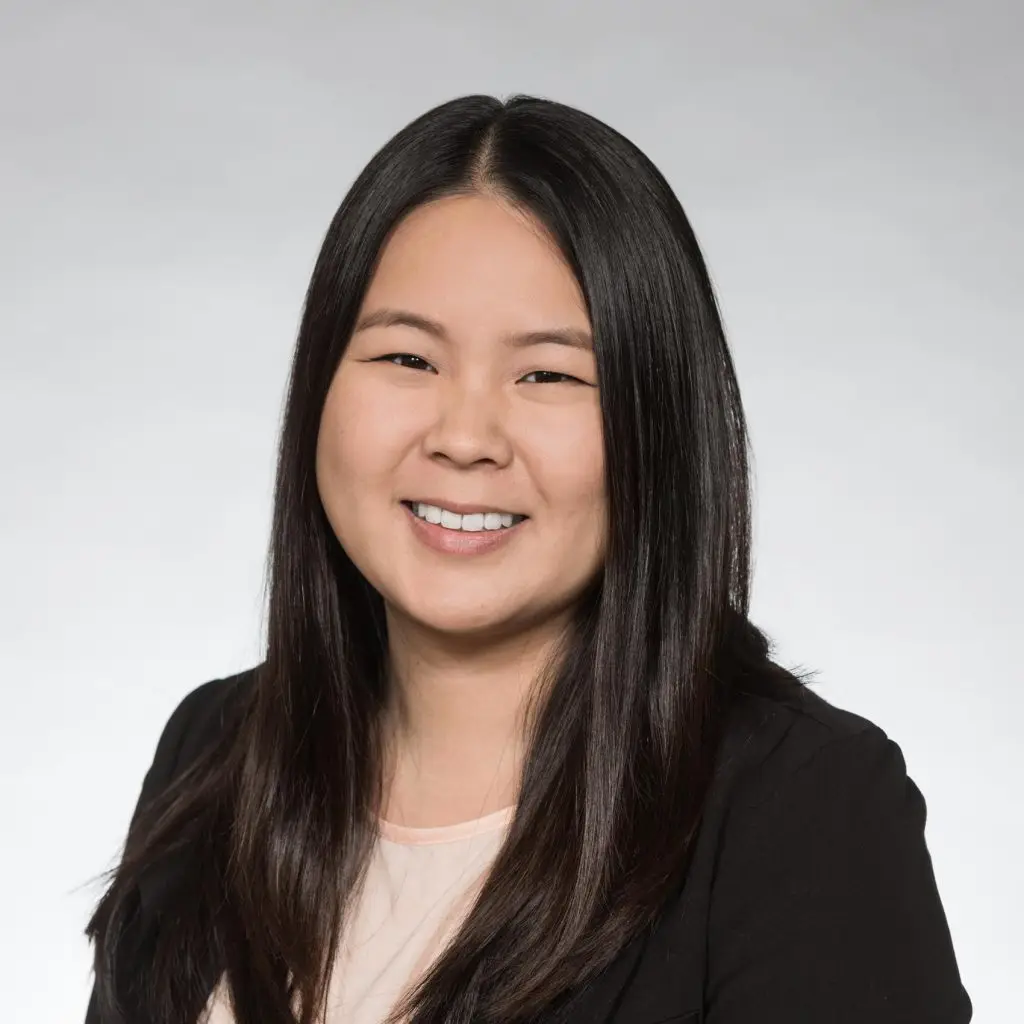
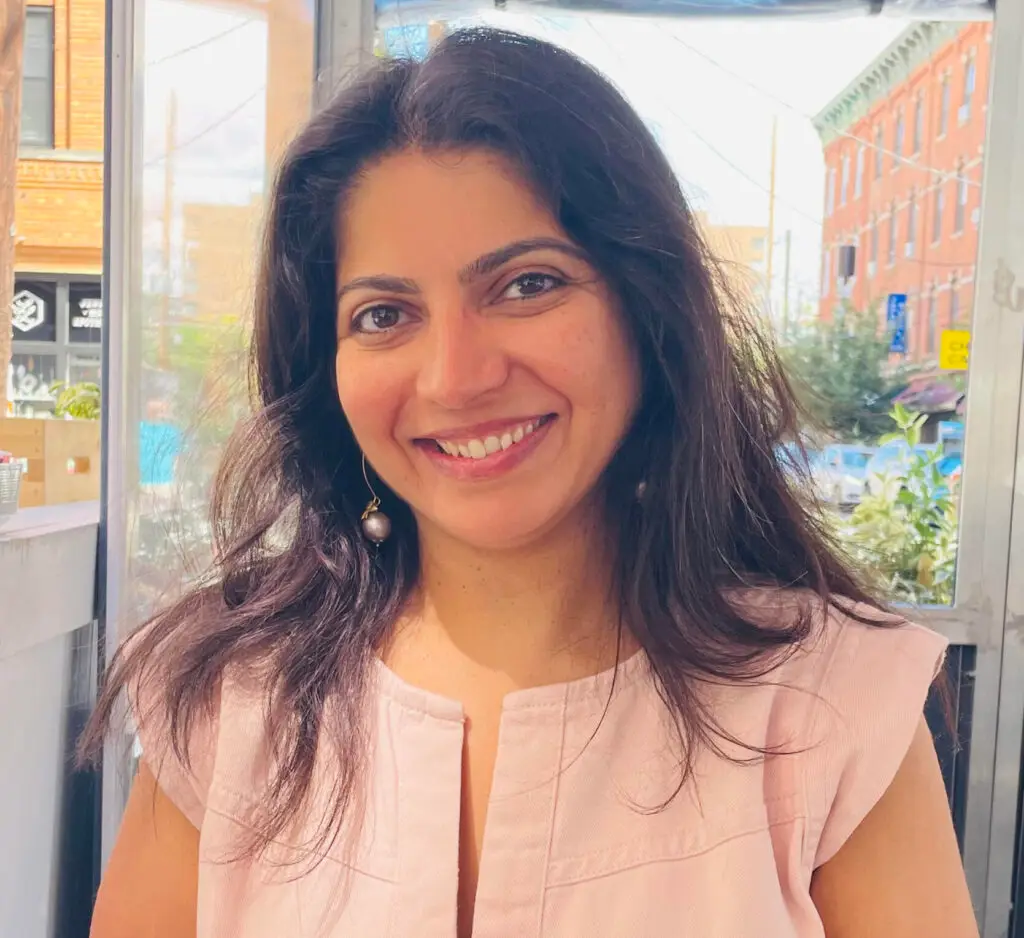

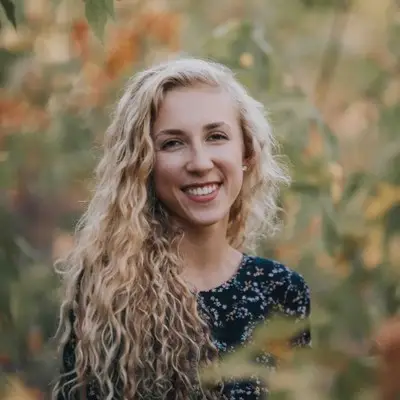
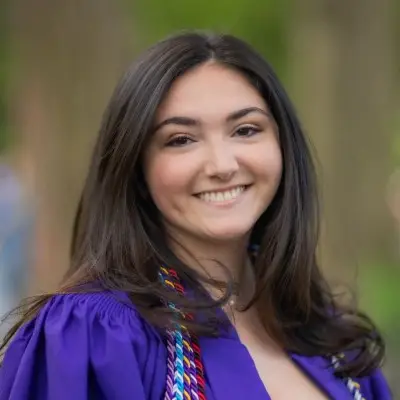
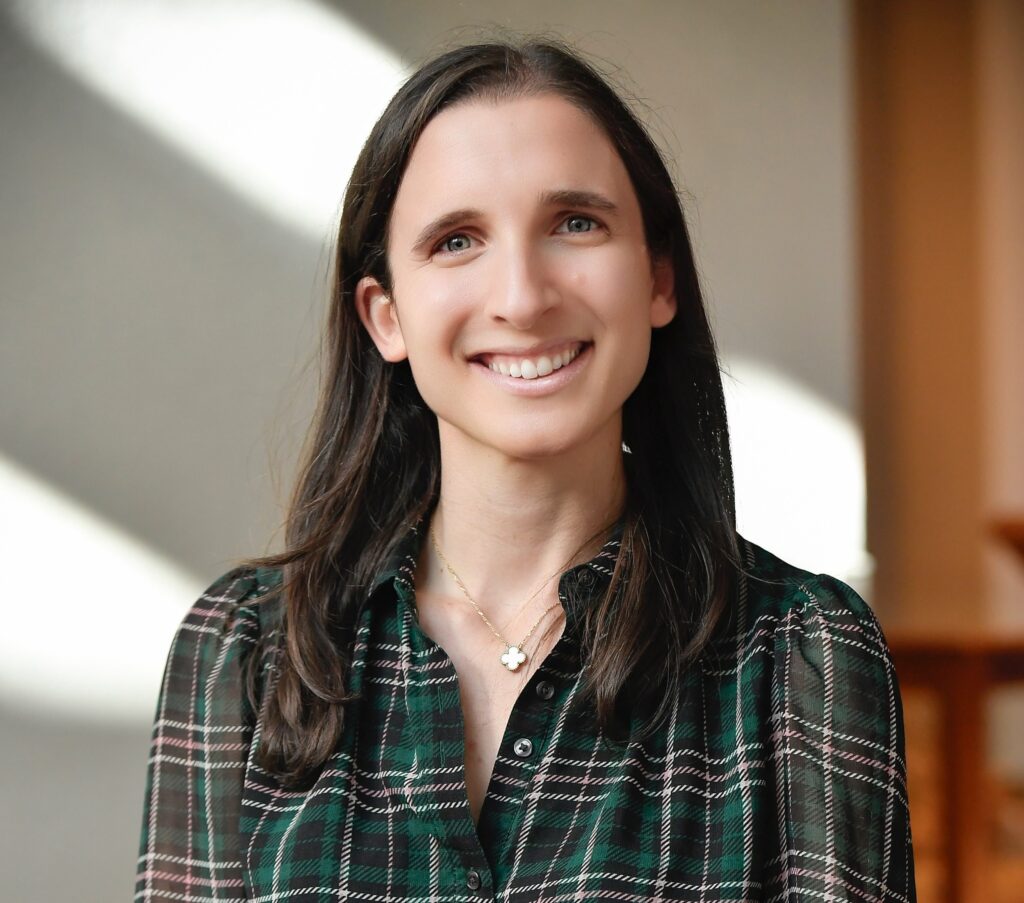
A “Good Life” after High School: How Schools Can Help Students Prepare
Lisa Chu
Research Analyst, CRPEHeather Casimere
Research Analyst Assistant, CRPE